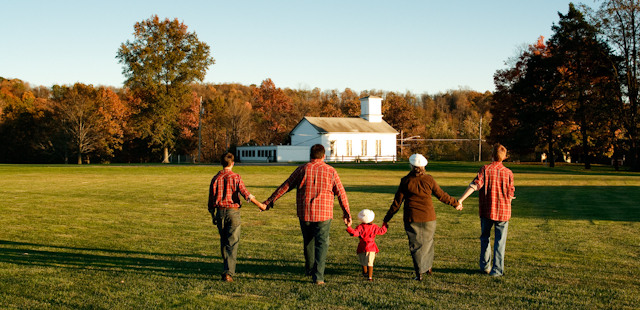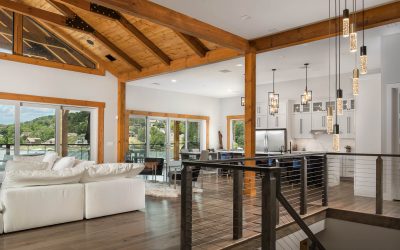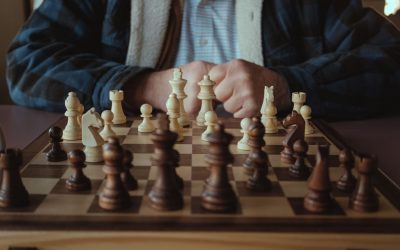
I had previously written a list of tips for fall-time portrait photography in which I discussed ways in which to use the late afternoon sun to capture beautiful, golden images. In this part I’m going to discuss another important factor: timing.
Everyone knows that the days are slowly getting shorter (at least in the northern hemisphere), and the coming end of Daylight Saving’s Time will cut the afternoon wickedly short. Common knowledge dictates that as we continue to near the winter solstice the sun takes less and less time to travel across the sky. As a result, it becomes more of a timing challenge to ensure that you have the proper lighting for your shoot. Here are a few tips to help make sure you have enough of that luscious light for your purposes.
1. Know When It Sets
No, I’m not talking about standing in the middle of a corn field in the near-dark scratching your head in animated fashion saying, “Welp, I think it’s done gone now.” Plan ahead. Know what time the sun is scheduled to finally sink behind them yonder hills.
Here are a couple tools you can use:
– For my friends in the US – CLICK HERE
– For my friends in Canada (who am I kidding, eh?) – CLICK HERE
– For my friends everywhere else – Consult a sundial or witch doctor
2. Turn Back the Clock
Be careful…creating a tear in the space-time continuum can be dangerous.
Once you know when the sun is going to make like a deposed dictator and vanish, simply turn the clock back, so to speak. How long do you want to shoot? How long do you need to shoot? The best light will be available for one to maybe two hours (if you’re exceptionally lucky) prior to sunset. Local sunset time is 5:42? Start shooting at 4:30!
3. Plan Your Shoot
This goes for everyone, whether you’re a professional shooting a high-yield project or a mother of three with a point-and-shoot looking to get some cute photos for the family album. Plan ahead! Sure, I mentioned it above, but who would I be if I didn’t repeat myself from time to time?
How many shots are you looking to capture? Will you be hitting up different locations or changing scenery in a general area? How much downtime will you have where you are unable to capture the images you want/need? If you project that there will be a total of 25 minutes for wardrobe changes, include that into your overall timeframe and adjust your start time accordingly.
Are there images that will be lit primarily by strobes? Maybe save these until after the sun has officially set. If you don’t need the sun as a primary light source, no sense waisting it.
4. Scout Beforehand
Sure, break out the birch canoes and female indian guide if you want, or simply drive over to the community park or wherever you plan on holding your shoot. If you don’t already have an idea of what you would like to capture, use this time to begin formulating ideas as they specifically relate to the surroundings. Because you will be working with limited time during the optimum lighting periods, you will need to keep things moving. No sense spending 15 minutes getting head shots under that gnarly maple if the best setting is in the middle of the ball field. Simply know what you want to shoot and where. Plan ahead!
5. Just Wing It
Granted, this seems to go against every piece of advice I just gave you. But, nothing new ever evolved from sticking closely to a list of rules, right?
As long as there’s no money or reputation at stake, just go with the flow, and see where it takes you! Hey, you might end up with some crappy, dark photos. Or, you might end up with some unique lighting with interesting poses that never would have been spawned had you listened to me.
So, live it up and have fun. And remember…if it’s cloudy, none of this applies (or, at least, very little).




